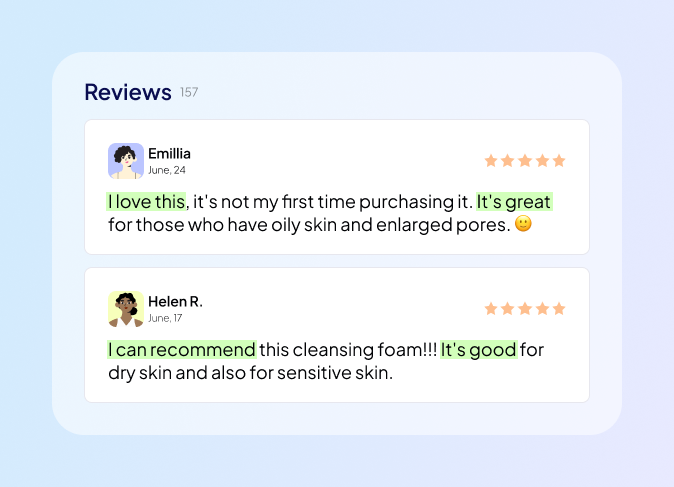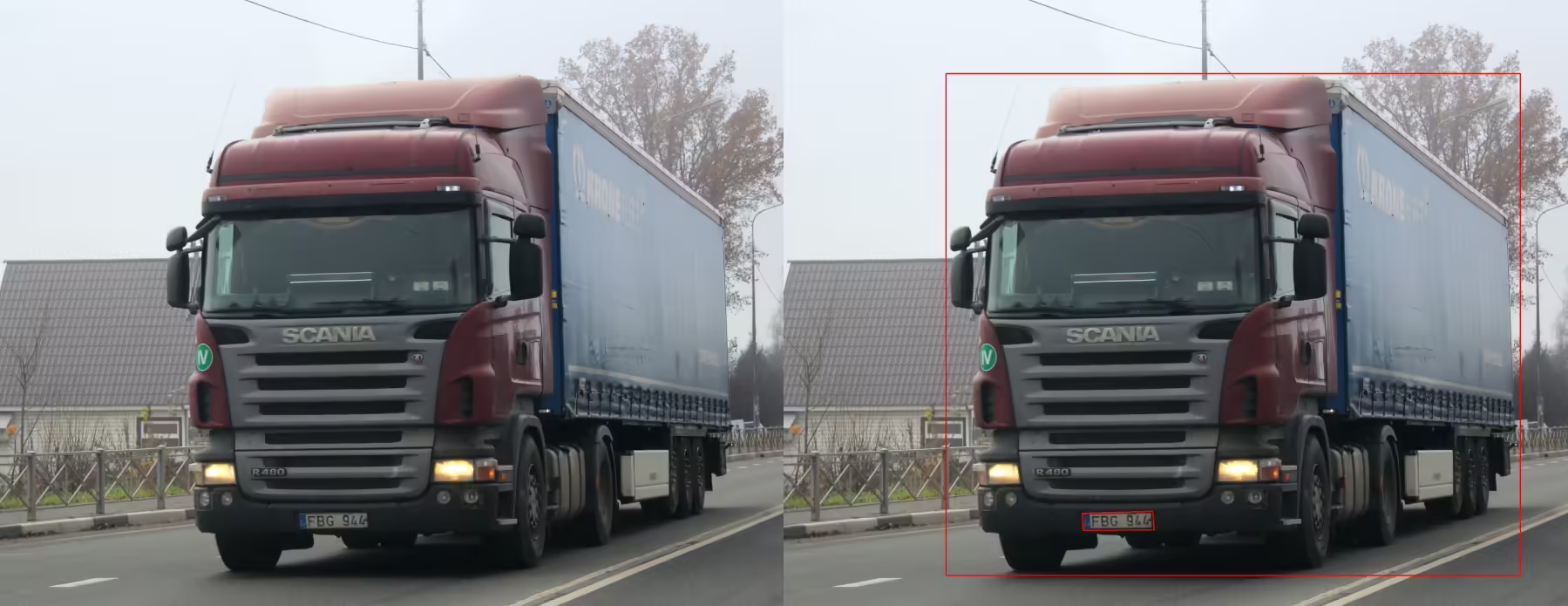Video Labeling Services

Unidata provides Video Labeling Services that offer accurate annotation and labeling of video data to enhance object detection, activity recognition, and video analysis across various industries. Our expert annotators meticulously label video content with relevant information, such as bounding boxes, action labels, and scene annotations, ensuring high-quality training data that improves machine learning models and video processing capabilities
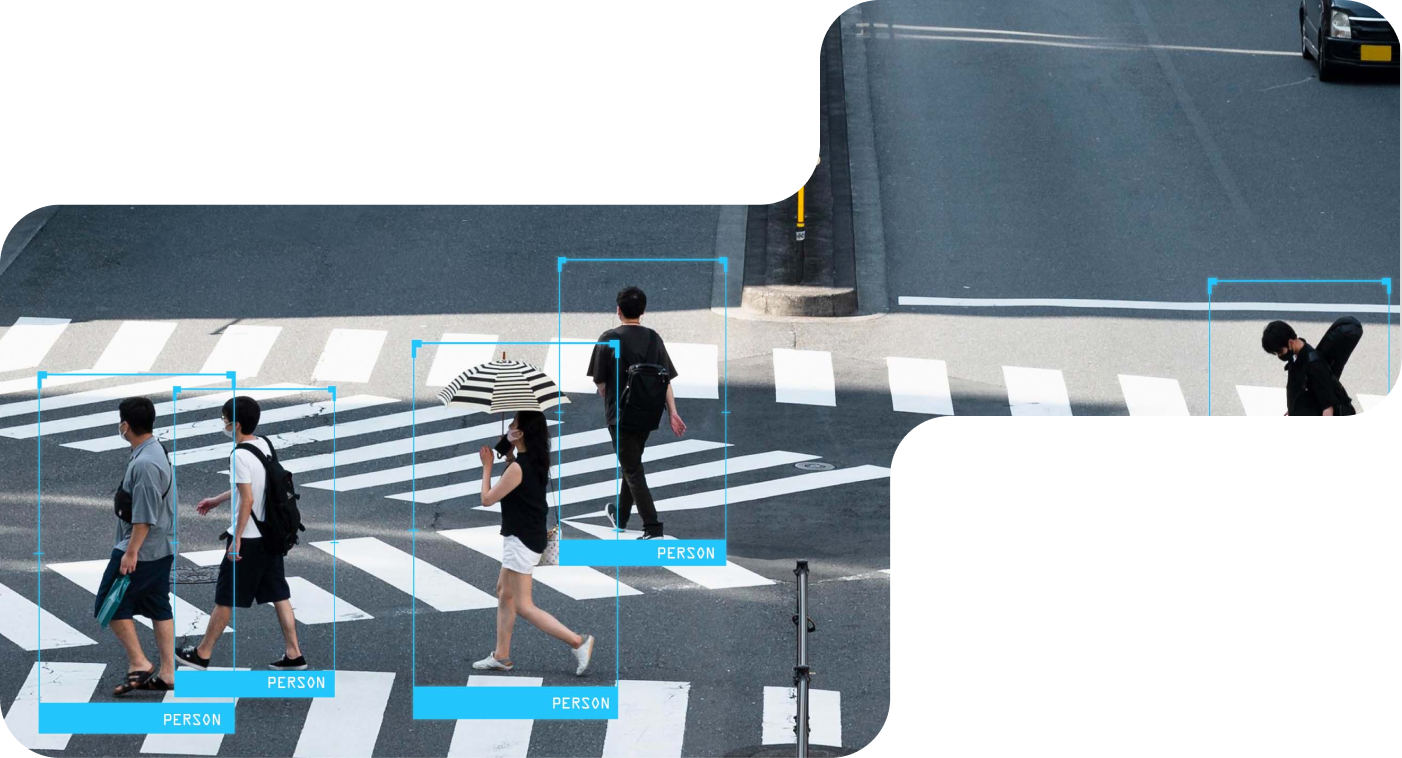
24/7*
- 6+
- years experience with various projects
- 79%
- Extra growth for your company.
What is Video Labeling?
Video labeling in data training services involves the process of annotating video data with descriptive labels or tags to identify and classify various visual elements and activities within the video content. This annotation process helps in tasks such as object detection, action recognition, and scene understanding, enabling machine learning models to accurately analyze and interpret video content for various applications such as surveillance, autonomous driving, and video content recommendation.Types of Video Labeling Services

Object Detection Labeling
Object detection labeling involves annotating objects of interest within video frames with bounding boxes or polygons. This annotation type is essential for training object detection algorithms to recognize and localize specific objects, such as vehicles, pedestrians, and animals, in video footage for applications in surveillance, robotics, and autonomous vehicles.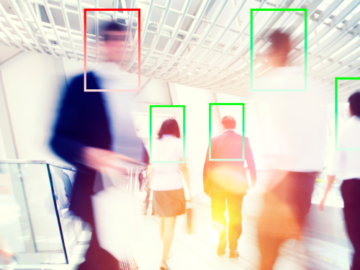
Action Recognition Labeling
Action recognition labeling entails identifying and labeling human actions or activities performed within video sequences. This annotation type is crucial for training action recognition models to classify and understand various human activities, such as walking, running, and gesturing, enabling applications in sports analytics, activity monitoring, and human-computer interaction.
Scene Understanding Labeling
Scene understanding labeling involves annotating video frames with contextual information about the surrounding environment and scene composition. This annotation type includes labeling objects, backgrounds, and spatial relationships within video frames, facilitating applications such as scene segmentation, virtual reality (VR) content creation, and augmented reality (AR) visualization.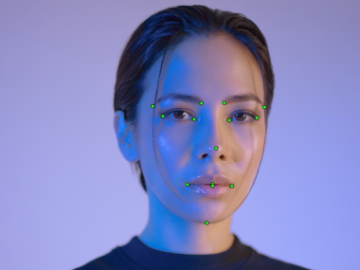
Facial Recognition Labeling
Facial recognition labeling entails identifying and labeling human faces within video frames with bounding boxes or facial landmarks. This annotation type is essential for training facial recognition systems to recognize and verify individual faces, enabling applications such as access control, identity verification, and personalized user experiences in security and entertainment industries.
Event Detection Labeling
Event detection labeling involves identifying and labeling specific events or occurrences within video sequences, such as traffic accidents, crowd gatherings, or abnormal behaviors. This annotation type is valuable for training event detection algorithms to detect and classify critical events in video footage for applications in public safety, surveillance, and anomaly detection.
Semantic Segmentation Labeling
Semantic segmentation labeling entails segmenting video frames into pixel-level regions and assigning semantic labels to each region. This annotation type is useful for training semantic segmentation models to understand the spatial layout and semantics of objects within video scenes, enabling applications such as video editing, scene understanding, and content-based video retrieval.
Temporal Annotation Labeling
Temporal annotation labeling involves annotating temporal aspects of video data, such as timestamps, event durations, and temporal relationships between actions or events. This annotation type is essential for training models to understand temporal dynamics and relationships within video sequences, enabling applications such as video summarization, event localization, and temporal reasoning.
Multi-Modal Labeling
Multi-modal labeling involves annotating video data with multiple modalities, such as visual, auditory, and textual information. This annotation type enables holistic understanding and analysis of video content across different modalities, facilitating applications such as multimedia event detection, video captioning, and multi-modal fusion for enhanced video understanding and interpretation.How we Deliver Video Labeling Projects
At Unidata, we follow a systematic approach to deliver Video Labeling Projects with precision, accuracy, and efficiency. Our process comprises several key stages, each meticulously designed to ensure high-quality annotations and client satisfaction.-
01.
Project Consultation and Planning
We begin by consulting with our clients to understand their project requirements, objectives, and specific labeling tasks related to video data. This phase involves discussing the video content, annotation guidelines, and desired outcomes to define the scope of the project and establish clear deliverables. -
02.
Data Collection and Preparation
Once the project scope is defined, we collect the video data required for labeling and preprocess it as necessary. This may involve video editing, formatting, and segmentation to ensure optimal quality and consistency in the annotation process. -
03.
Annotation Methodology Selection
Based on the project requirements and video data characteristics, we select the most suitable annotation methodologies and tools. Whether it involves object detection, action recognition, or scene understanding labeling, we choose the optimal approach to achieve accurate and reliable annotations. -
04.
Annotation Execution and Quality Control
Our team of experienced annotators meticulously label the video data according to the predefined guidelines and criteria. Throughout the annotation process, we conduct rigorous quality control checks to detect and rectify any errors or inconsistencies, ensuring the annotations meet the highest standards of accuracy and reliability.
Video Labeling Use Cases
-
 01
01Medical Imaging Analysis
Annotating medical images such as X-rays, MRIs, and CT scans to identify anomalies, tumors, or other conditions. Applications: Automated diagnosis, treatment planning, and research in diseases like cancer, cardiovascular issues, and neurological disorders. -
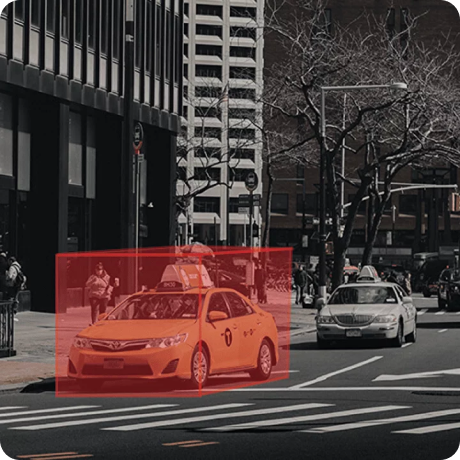 02
02Autonomous Vehicles
Labeling objects such as pedestrians, vehicles, road signs, and lane markings in images and videos. Applications: Enhancing the safety and functionality of self-driving cars by improving object detection and scene understanding. -
 03
03Retail and E-commerce
Retailers and e-commerce companies leverage video labeling data to optimize store layouts, analyze customer behavior, and enhance shopping experiences. Video labeling enables the tracking of customer movements, product interactions, and queue lengths, facilitating retail analytics, personalized marketing, and inventory management. -
 04
04Healthcare and Medical Imaging
In healthcare, video labeling data is used for medical imaging analysis, patient monitoring, and surgical assistance. Video labeling enables the identification and tracking of anatomical structures, pathological changes, and surgical instruments, supporting medical diagnosis, treatment planning, and surgical navigation. -
 05
05Entertainment and Media
Media and entertainment companies employ video labeling data for content recommendation, video editing, and audience engagement. Video labeling enables the categorization of video content, scene recognition, and sentiment analysis, facilitating personalized content recommendations, targeted advertising, and interactive storytelling. -
 06
06Education and Training
Educational institutions and training organizations utilize video labeling data for online learning, skill assessment, and instructional content creation. Video labeling enables the annotation of educational videos, learning activities, and student interactions, supporting remote learning, competency evaluation, and curriculum development. -
 07
07Manufacturing and Industrial Automation
In manufacturing and industrial settings, video labeling data is used for quality control, process monitoring, and predictive maintenance. Video labeling enables the detection of defects, equipment malfunctions, and production anomalies, facilitating automated inspection, fault diagnosis, and productivity optimization. -
 08
08Sports Analytics and Performance Monitoring
Sports teams and athletic organizations leverage video labeling data for performance analysis, player scouting, and strategy optimization. Video labeling enables the tracking of athlete movements, game events, and performance metrics, supporting tactical planning, talent identification, and athlete development.
How It Works: Our Process
A Clear, Controlled Workflow From Brief to Delivery
Video Labeling Cases
Why Companies Trust Unidata’s Services for ML/AI
Share your project requirements, we handle the rest. Every service is tailored, executed, and compliance-ready, so you can focus on strategy and growth, not operations.
What our clients are saying

UniData


Other Services
Ready to get started?
Tell us what you need — we’ll reply within 24h with a free estimate

- Andrew
- Head of Client Success
— I'll guide you through every step, from your first
message to full project delivery
Thank you for your
message
We use cookies to enhance your experience, personalize content, ads, and analyze traffic. By clicking 'Accept All', you agree to our Cookie Policy.
